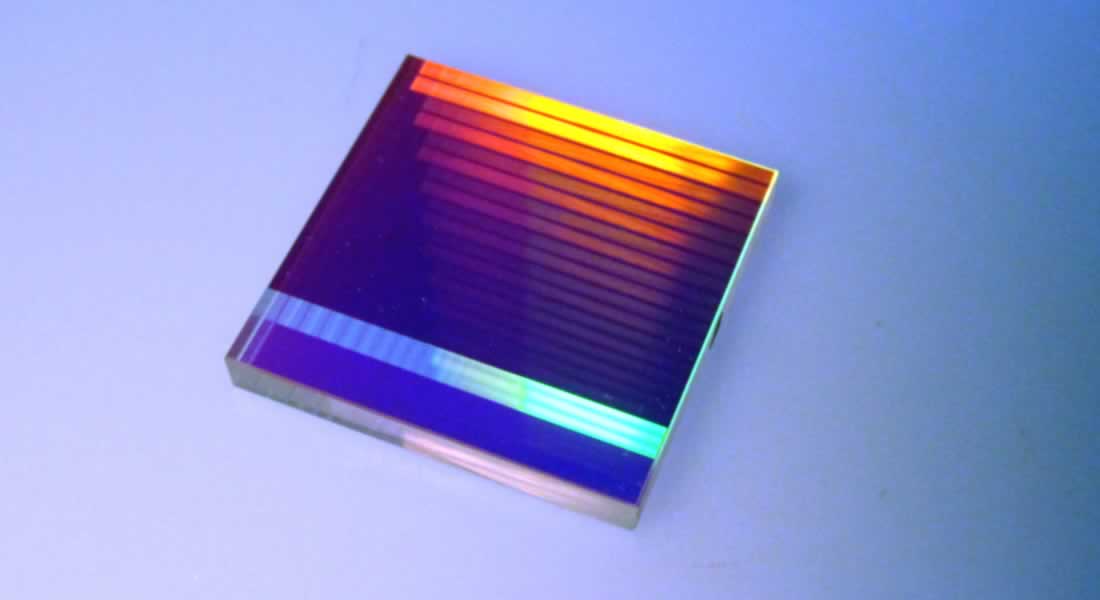Advancing Spectroscopy with VIPA Technology: Research Insights from Recent Breakthrough
A groundbreaking study published in Nature Photonics titled "Broadband Fourier-transform spectrometer with sub-GHz resolution based on virtually imaged phased arrays" reveals significant advances in spectroscopic instrumentation using Virtually Imaged Phased Array (VIPA) technology. This research, conducted by scientists at ETH Zurich, demonstrates how VIPA-based systems can overcome traditional trade-offs between spectral resolution and bandwidth in Fourier transform spectroscopy.
The paper details several remarkable technical achievements and methodological innovations:
- The researchers developed a static Fourier transform spectrometer utilizing a pair of VIPA etalons
- The system achieves an unprecedented combination of sub-GHz spectral resolution (0.86 GHz) while maintaining broad spectral coverage (>100 nm)
- Unlike conventional Michelson interferometer-based FT spectrometers, the system requires no moving parts
- The optical configuration creates a two-dimensional interferogram that encodes both high-resolution spectral information and broad bandwidth
- The demonstrated spectral resolution of 0.86 GHz (0.029 cm⁻¹) at 1550 nm represents a significant advancement over traditional grating spectrometers
- The system maintained this resolution across a bandwidth of 13.5 THz (450 cm⁻¹)
- Measurement acquisition times were reduced to seconds, compared to minutes or hours for scanning systems with comparable resolution
- The researchers achieved a remarkable finesse of approximately 50 for their VIPA etalons
- The researchers conducted comprehensive validation using multiple test sources including:
- Absorption spectroscopy of acetylene gas, resolving individual rotational-vibrational transitions
- Characterization of laser frequency combs with precisely spaced spectral lines
- Analysis of complex multi-component samples demonstrating the system's capability for chemical identification
- The measured spectra showed excellent agreement with theoretical predictions and reference measurements
The research elucidates several fundamental aspects of VIPA-based Fourier transform spectroscopy:
- The system employs two crossed VIPA etalons with slightly different free spectral ranges
- This configuration creates a two-dimensional optical path difference map that enables simultaneous high resolution and broad bandwidth
- The researchers implemented precise temperature control of the VIPA etalons to maintain stability
- A specialized imaging system captures the resulting 2D interferogram for computational reconstruction
- The paper details novel algorithms for reconstructing high-resolution spectra from the 2D interferograms
- The researchers developed calibration techniques to correct for optical aberrations and etalon imperfections
- Phase retrieval methods were implemented to enhance spectral accuracy
- The system demonstrates the ability to resolve closely spaced spectral features that would be indistinguishable with conventional spectrometers
The research highlights several significant advantages of VIPA-based FT spectroscopy:
- Traditional spectrometers face a fundamental trade-off between resolution and bandwidth
- The VIPA-FT approach demonstrated a resolution-bandwidth product approximately 100 times greater than conventional grating spectrometers
- This enables simultaneous observation of broad spectral features and fine structure
- The static nature of the system eliminates the need for mechanical scanning
- Complete high-resolution spectra can be acquired in a single camera exposure
- This enables time-resolved studies of dynamic processes not possible with scanning systems
- The VIPA-FT system maintains the throughput advantage of traditional FT spectroscopy (Jacquinot advantage)
- This results in superior signal-to-noise ratio compared to dispersive spectrometers at equivalent resolution
- The researchers demonstrated successful measurement of weak spectral features that would be lost in conventional systems
The paper identifies several promising applications for this technology:
- Gas-Phase Spectroscopy: High-resolution analysis of molecular rotational-vibrational structure
- Optical Frequency Metrology: Precise characterization of frequency combs and laser sources
- Atmospheric Monitoring: Detection and quantification of trace gases
- Telecommunications: Channel analysis in dense wavelength division multiplexing systems
- Quantum Optics: Characterization of non-classical light sources
- Extended spectral range into mid-infrared for molecular fingerprinting
- Enhanced sensitivity through optimized optical designs
- Integration with microscopy for spatially-resolved spectroscopy
- Miniaturization for field-deployable applications
As specialists in precision optical components, LightMachinery offers VIPA etalons and related technologies that enable advanced spectroscopic research:
- High-Finesse VIPA Etalons: Custom-designed to achieve the spectral resolution demonstrated in the research
- Temperature-Stabilized Mounts: Precision thermal control for maintaining optimal VIPA performance
- Optical Design Consultation: Expert guidance on implementing VIPA-based spectroscopic systems
- Custom Spectrometer Development: Collaborative development of specialized instruments based on research requirements
This groundbreaking research demonstrates that VIPA technology enables a new generation of spectroscopic instruments that overcome traditional limitations. Whether you're conducting fundamental research or developing applied spectroscopic solutions, VIPA-based approaches offer significant advantages for demanding applications.






